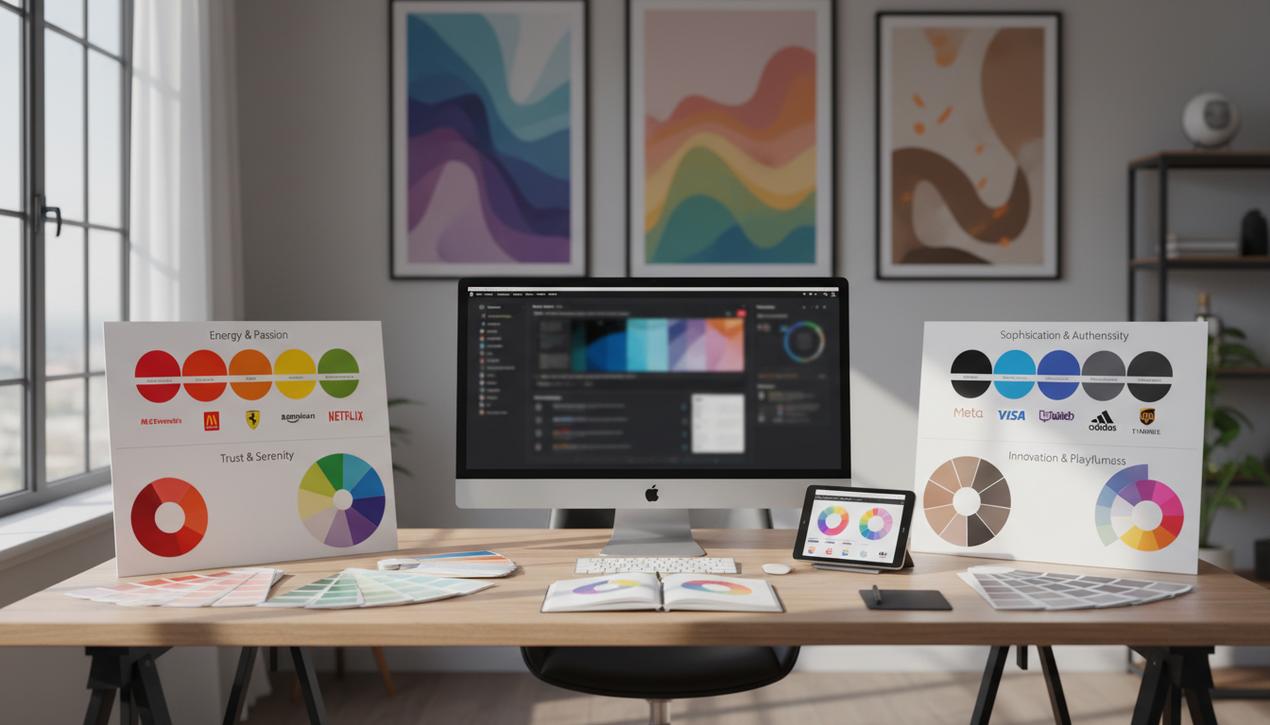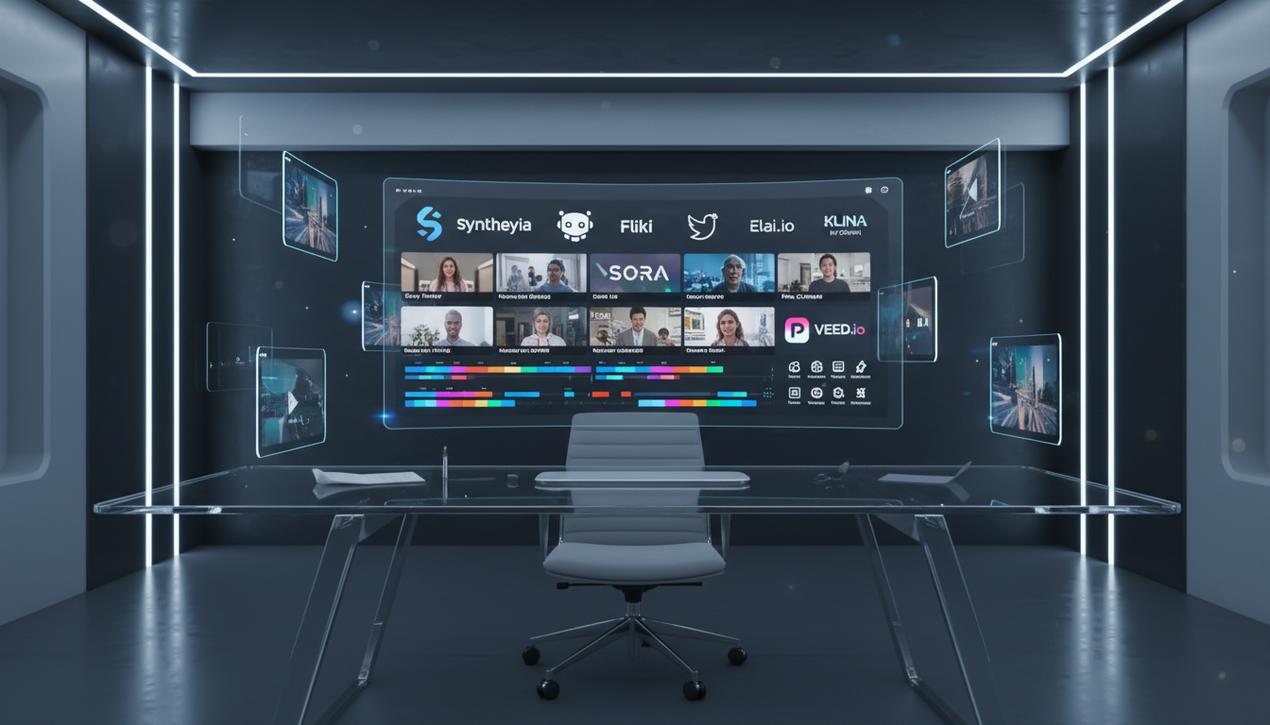A Guide to ChatGPT Prompts for High-Performing Blogs


Artificial intelligence, particularly ChatGPT, has transitioned from a technological curiosity into an indispensable tool for content creators. In 2025, statistics show that over 60% of marketers are already using AI tools for content ideation and creation, from text models to the best AI image generators, reporting productivity increases of up to 40%. The initial fear that AI would replace web writers is giving way to a more collaborative vision: a human-machine partnership where the quality of the output is directly tied to the quality of the input. This is where the art of the “prompt” comes in—the query that transforms a simple conversation into a strategic brainstorming session.
Mastering how you formulate your ChatGPT prompts is no longer an option but a fundamental skill for staying competitive. A well-crafted prompt can help you discover unique angles, structure your thoughts, optimize for SEO, and overcome writer’s block. However, caution is crucial. Google values high-quality, helpful content created for humans. While using AI tools is not penalized in itself, content generated automatically without human oversight and added value is. This complete guide provides 20 advanced prompts and best practices for using ChatGPT not as a ghostwriter, but as a powerful strategic assistant to elevate the quality and efficiency of your blog.
The Anatomy of an Effective Prompt: How to Talk to AI
Before diving into concrete examples, it’s essential to understand what separates a basic query from a strategic prompt. A good prompt doesn’t just ask a question; it guides the AI by providing a clear framework. Think of it as briefing an assistant: the clearer your instructions, the better the result.
The Four Pillars of an Advanced Prompt
To get high-quality responses, structure your queries around these four key elements:
- Role: Tell ChatGPT what persona or expertise it should adopt. “Act as a technical SEO expert,” “You are a copywriter specializing in finance,” or “Adopt the tone of a science communicator.”
- Task: Describe precisely what you expect it to do. “Generate a list of 10 blog post titles about…,” “Create a detailed five-part outline for…,” or “Rewrite this paragraph to be more impactful.”
- Context: Provide all necessary background information. Who is your target audience? What is the article’s goal? What key points should be included or avoided?
- Format: Specify the desired output format. “Present the results in a three-column table,” “Respond in a bulleted list,” “Write a paragraph of no more than 150 words,” or “Provide the answer in HTML.”
By combining these four pillars, you turn a simple question into a complete work brief, reducing back-and-forth and drastically increasing the relevance of ChatGPT’s responses.
20 ChatGPT Prompts to Optimize Every Writing Stage
Here is a selection of 20 prompts, organized by creation phase, to help you strategically integrate ChatGPT into your workflow. Feel free to adapt them by adding your project’s specific context.
Phase 1: Ideation and Content Strategy
This initial phase is critical. ChatGPT can act as a brainstorming partner to validate and refine your ideas, ensuring they fit within your broader strategic marketing plan.
- Generate Topic Ideas: “Act as a content strategist. My blog targets [describe audience]. Propose 10 blog post ideas on the theme of [your topic] that address their main challenges.”
- Define an Audience Persona: “I want to write an article about [topic]. Help me define my ideal reader. Create a detailed persona including their job title, challenges, goals, and the questions they have about this topic.”
- Create a Mini Content Calendar: “For next month, propose a content calendar with 4 articles on the main theme of [your theme]. For each article, provide a working title, the main angle, and the search intent (informational, transactional, etc.).”
- Analyze Search Intent: “For the keyword ‘[your keyword],’ what are the different possible user search intents? List them and suggest a blog post angle for each one.”
Phase 2: Outlining and Information Gathering
Once the idea is validated, use AI to build a solid skeleton and gather key elements for your article.
- Build a Detailed Outline: “Create a detailed outline for a blog post titled ‘[your title].’ Include an introduction, 3-4 main sections with relevant subheadings (H3s), and a conclusion. For each section, list the key points to cover.”
- List Pros and Cons: “For my comparison article on [product/service A] and [product/service B], create a table listing 5 pros and 5 cons for each.”
- Find Relevant Statistics: “Find 5 recent statistics (from [year-2] to 2025) with their sources to support an article on the importance of [your topic]. Do not invent them if you cannot find any.”
- Generate an FAQ Section: “For an article about [topic], list the 5 most frequently asked questions by beginners. Phrase the questions clearly and concisely.”
Phase 3: Writing Assistance and Style Optimization
ChatGPT excels at helping you formulate ideas, vary your style, and make your text more engaging.
- Write a Captivating Introduction: “Write a 150-word introduction for an article on [topic]. Use the ‘Problem-Agitate-Solution’ framework. Start with a powerful statistic and end with an open-ended question.”
- Rewrite for a Specific Tone: “Rewrite the following paragraph [paste your text] using a more educational and accessible tone. Use short sentences and simple examples.”
- Simplify Technical Jargon: “Explain the concept of [technical concept] as if you were talking to a 10-year-old. Use a simple analogy to illustrate your point.”
- Create Variations of a Call-to-Action (CTA): “My current CTA is ‘[your CTA].’ Propose 5 more engaging and original variations that encourage the reader to [your goal].”
Phase 4: Post-Writing, SEO, and Promotion
Once the body of the article is written, AI can help you finalize crucial elements for visibility and distribution.
- Generate Meta Title and Description: “For an article with the main keyword ‘[keyword],’ write 3 meta title proposals (under 60 characters) and 2 meta description proposals (under 160 characters).”
- Insert Semantic HTML Tags: “Here is my article [paste your text]. Identify the 5 most important concepts and wrap them in HTML `` tags, which are some of the essential HTML tags for SEO, to enhance semantic SEO.”
- Create Social Media Posts: “From this article [paste summary or full text], write a post for LinkedIn and a tweet to announce its publication. Adapt the tone for each platform and include relevant hashtags.”
- Proofread and Edit: “Correct the spelling, grammar, and syntax errors in the following text without altering its meaning or style: [paste your text].”
Phase 5: Technical and Formatting Tasks
Save time on repetitive tasks by letting AI handle basic formatting.
- Format as HTML or Markdown: “Convert the following text to HTML. Use `
` tags for headings, `
` for paragraphs, and `
- ` for lists: [paste your text].”
- Create HTML for a Table: “Take the following information [paste your data] and organize it into an HTML table with three columns: ‘Feature,’ ‘Description,’ and ‘Benefit.'”
- Turn a List into a Paragraph: “Transform this bulleted list [paste your list] into a well-written, flowing paragraph using logical connectors.”
- Suggest Internal Links: “Here is my article [paste your text]. I have other articles on my blog about [topic A], [topic B], and [topic C]. Suggest 3 relevant places in my text to add internal links to these topics.”
The Golden Rules of Successful Human-AI Collaboration
Using these prompts will save you precious time, but the real added value will always come from your expertise. To ensure the quality and originality of your content, follow these fundamental principles.
Be the pilot, not the passenger. AI should be a tool to augment your creativity, not replace it. Bring your own ideas, unique experience, and perspective. Use ChatGPT to enrich and structure your thoughts, not the other way around. If you simply copy and paste generic answers, your blog will lack soul and differentiation.
Systematically verify information. ChatGPT is not connected to the internet in real-time, and its knowledge base has a cutoff date. Furthermore, it can “hallucinate”—that is, invent facts, sources, or statistics that seem plausible but are entirely false. For any data or factual claims, manual verification is essential.
Always rewrite and personalize. ChatGPT’s style, while increasingly sophisticated, can become recognizable. To prevent your blog from having a robotic tone and to guard against potential search engine filters, always make the text your own. Infuse it with your personality and voice, and adjust the phrasing to sound natural.
Ultimately, ChatGPT is a tremendous lever for productivity and creativity for any content creator. By learning to master it through specific prompts and maintaining a critical mindset, you don’t just produce content faster; you produce content that is better structured, richer, and more aligned with your audience’s expectations. The future of writing is not a battle against AI, but a synergy where human expertise guides the power of the machine to reach new heights of quality.




